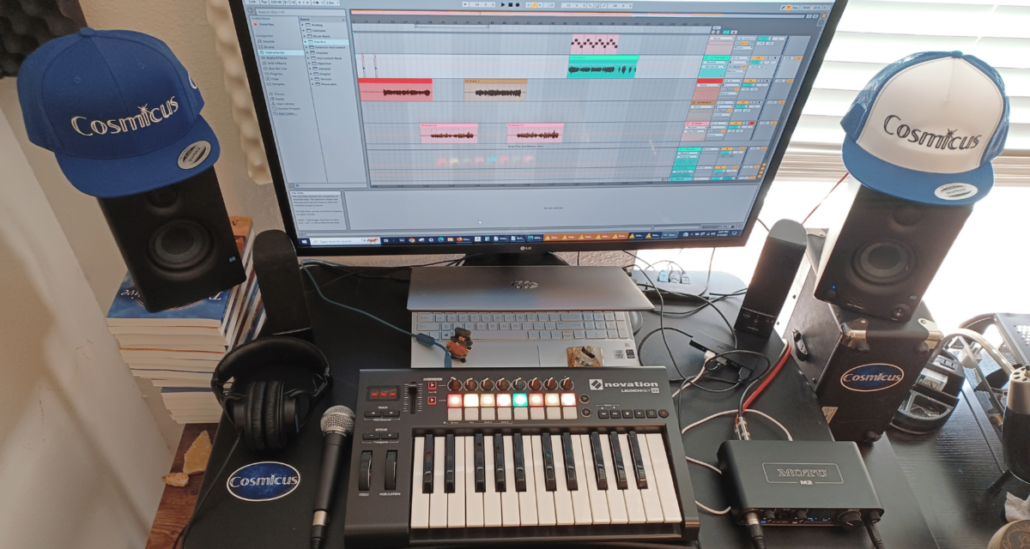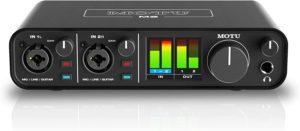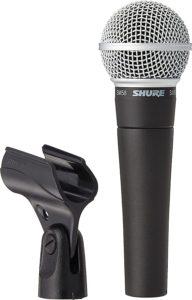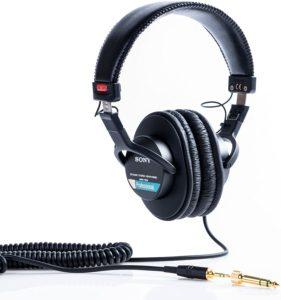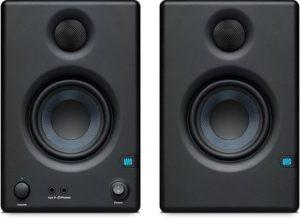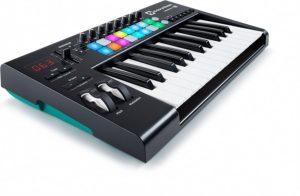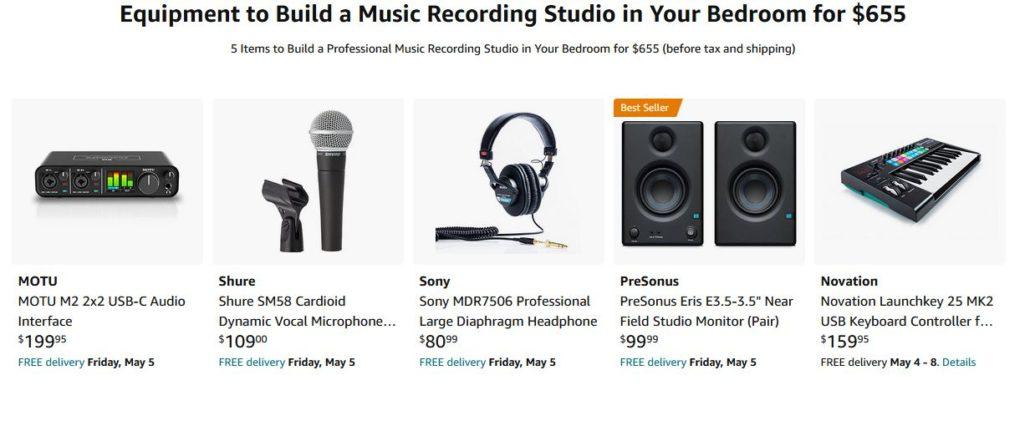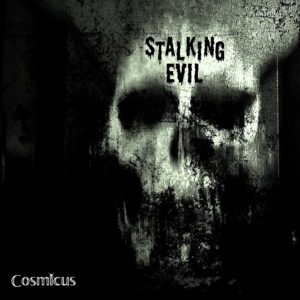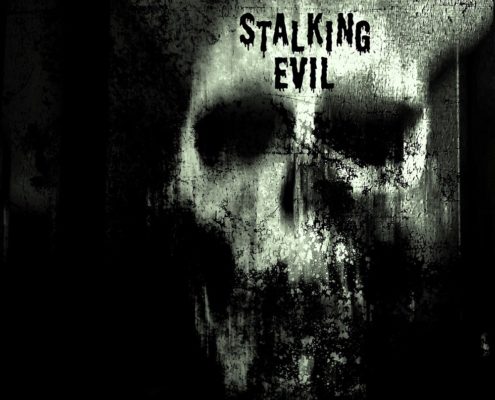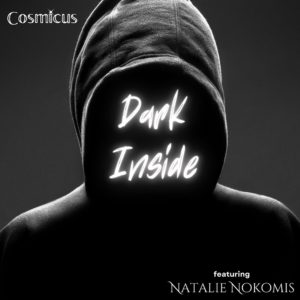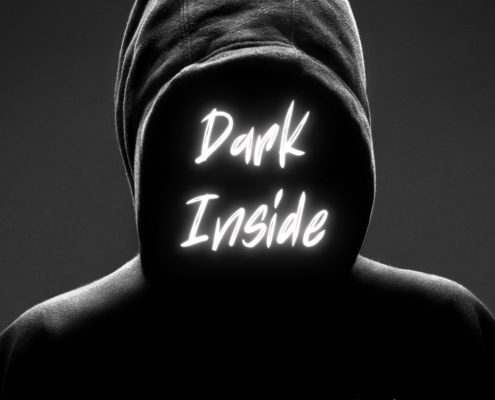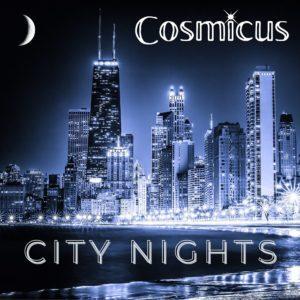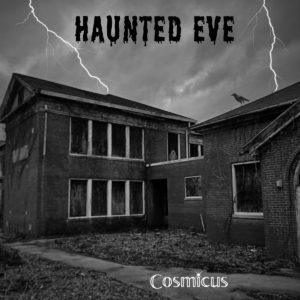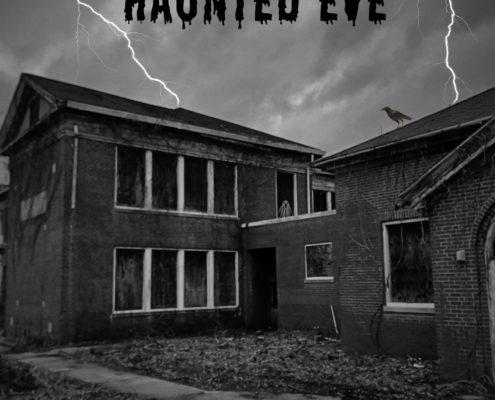Build a Music Recording Studio in Your Bedroom for Under $1,000 in 5 Easy Steps
In this article, you’ll learn how to build a music recording studio in your bedroom for under $1,000. Yup, you read that correctly, build a bedroom music recording studio for under a thousand bucks – $655 to be exact.
Keep reading to find out how…
First, Learn how to Produce Music if you Don’t Know Already
In order to build a professional music studio, you have to understand the basics of music production first. That said, I highly recommend checking out my post on How to learn music production for FREE.
Since I knew nothing about producing music, I completed 2 music production specializations on Coursera. After completing those courses, I had a solid understanding of music production – enough to build a music recording studio. I downloaded Ableton Live and started playing around. The options in Ableton are endless, and your possibilities with the software are limitless! Ableton Live can be overwhelming at first.
But if you have an idea of what or who you want to sound like, then you’ll have a direction to follow. For me, I just wanted to get the beat ideas I recorded on my phone’s audio app into Ableton. To do that, I experimented with all kinds of different drum kits and MIDI (musical instrument digital interface) instruments. MIDI instruments are basically the digital version of a real instrument. And you can play virtually any instrument in MIDI form using Ableton.
That said, if all you want to do is record beats and produce instrumental digital music, all you need is your laptop and the free 90-day trial of Ableton Live with a decent pair of headphones (any wired earbuds will do). You can use your laptop’s audio output jack to listen back to your music. But if you want to take your production a step or two further and build a music recording studio in your bedroom, here’s where the expense comes in.
But don’t panic because the total expense is under a thousand dollars!
Here are the 5 easy steps…
Step 1 – Get a Simple Audio Interface with 2 Inputs and 2 Outputs
If you plan on recording vocals and/or real instruments, you’ll need an audio interface, a good studio microphone, and a good pair of studio headphones to “monitor” your sound. To record vocals and instruments, I use one of the industry standard audio interface devices for a basic at-home studio, the MOTU M2 USB-C Audio Interface.
For the price and quality, I couldn’t be happier. It has 2 inputs and outputs and I’ve used it to record two microphones at one time. I’ve also used it to record a couple different instruments and an instrument/microphone combo. This Motu M2 audio interface is easy to use.
You just plug the USB cable into your laptop and configure the audio input/output settings in your DAW. The free Music Production course in Coursera goes into detail on how to do this.
Or you can find YouTube videos that show you how to do this as well.
Step 2 – Find a Good, Multi-Purpose Studio Microphone with XLR Cable
To record vocals, you have a plethora of options. Depending on the type of sound you’re looking for, there will be a specific microphone. It too, can be a bit overwhelming. I invite you to DYOR to learn more about the different types of microphones available to produce the sound you’re looking for.
Or you can just do what I did and use another industry standard, the Shure SM58 Cardioid Dynamic Microphone with XLR Cable. This microphone is the most used in the music industry, period. It works for studio recording and live on-stage performance.
And because it has a built-in pop filter, your expenses are a lot less than if you went with a more expensive condenser mic and separate pop filter combo.
At only $100, the SM58 is a Shure win!
Step 3 – Listen on Industry Standard Studio Recording Studio Headphones
You’re going to need a good pair of studio headphones – especially if you’re recording and listening in your bedroom.
I tried a few different brands and models, but decided to stick with an industry standard, the Sony MDR7506 Professional Large Diaphragm Headphones.
For only $80, they offer amazing quality at a budget price!
Plus, they’re great for apartment living as you can have 1AM jam-out sessions and not disturb your neighbors. But be aware of ear fatigue when using studio headphones for an extended period.
Which is why you can also opt for a pair of studio monitors (speakers)…
Step 4 – Also Listen on Studio Monitors or Actively Powered Speakers (Optional)
After listening for too long on my headphones, I like to use my studio monitors. Monitors are just a fancy name for active electrically powered speakers.
They’re better to use than regular stereo speakers (passively powered by the stereo audio signal) because they have a frequency response that is conducive to music production rather than music listening.
Since I live in an apartment and record out of my bedroom studio, I use the PreSonus Eris Near Field Studio Monitor (Pair). They’re small but offer a perfect balance of size and sound for the price. Plus, they won’t annoy your neighbors too much, lol. And they’re only $100!
Studio monitors are optional, but I highly recommend them if you’re going to take music production seriously. Besides, listening on headphones and monitors will give you a different perspective of the frequencies.
And that will help you make a better sounding mix.
Step 5 – Add a Small MIDI Keyboard for Beat Making and Virtual Instrument Recording (Optional)
You can use the keyboard on your laptop for every function and instrument available in Ableton Live. You can even make beats and record vocals using only your laptop keyboard.
However, I find that the small size of the laptop keyboard is quite a pain in the ass to maneuver – especially if you have a song with several tracks and multiple instruments and effects. If you have the same cramped experience using your laptop keyboard, I recommend upgrading to a small MIDI keyboard.
The one I use and highly recommend is the Novation Launchkey 25 MIDI Keyboard for Ableton Live. I love it because it’s compact and extremely powerful.
I’ve created every beat and produced every song I’ve recorded with this thing!
Build a Music Recording Studio for a Grand Total of Only $655 (Before Tax and Shipping)!
To build a music recording music studio in your bedroom, the above 5 items are technically all you need. The total expense (minus the Ableton Live expense once the free 90-day trial ends) is around $655.
If you decide to forego the studio monitors and MIDI keyboard, your total expense would only be $490 (before tax and shipping).
And conveniently, all these items are available right on Amazon.



I Used Covid Stimulus Money to Build a Music Recording Studio
In full transparency, I spent a total of $2,300 of my covid stimulus money on my bedroom studio. But that’s because I purchased a brand-new laptop and the Suite version of Ableton Live (a total of $1,700).
After your free 90-day trial of Ableton Live ends, the Intro version is only $99. And if you already have a decent laptop, you’re good to go! So, at most, to get started recording professionally, your extra expenses after the $655 for equipment would be only $99.
If you plan on just recording into your laptop using earbuds and no equipment (not recommended), then your expense would only be $99 for the Intro version of Ableton Live.
Regardless of which route you choose, your expenses to learn music production (free) and build a bedroom recording studio are less than $1,000!
A $655 Bedroom Studio and a $1M professional Studio are Equally Capable of Producing a Hit!
Remember this, you can make a hit record in a 1 million-dollar professional studio, and you can make a hit record in your $655 bedroom studio! In these days of DIY home studio musicians, anyone can record, produce, and release a banger.
Case in point – Billie Eilish with her brother and producer, Finneas. They recorded Ocean Eyes, the hit single that made her a superstar, in their bedroom studio. Best part, Eilish and Finneas built their studio with less than $3,000!
The only separating factor between you and Billie Eilish is your effort and determination. I’ll say it again – your potential is limitless! But then again, you may just want to record and produce music as a hobby or for stress relief. And that’s just fine too!
Whatever you choose, after reading this article, you know where to learn music production for free, and the 5 pieces of equipment you need if you want to go the professional route and build a music recording studio.
My DIY studio enabled me to record and release music right from my bedroom. And I’m excited for you to do the same! Please comment below or ask any questions as I’d love to help you on your music production journey.
If you found value in this article or know someone who constantly talks about making music but doesn’t know where to start, please share the love!
PREVIOUS POST:
How to Learn Music Production for FREE!
NEXT POST:
Without You (the Story Behind my First EDM Song)
CONNECT WITH COSMICUS:
Cosmic Newsletter
Portfolio
YouTube Channel
Playlists
Instagram
X

